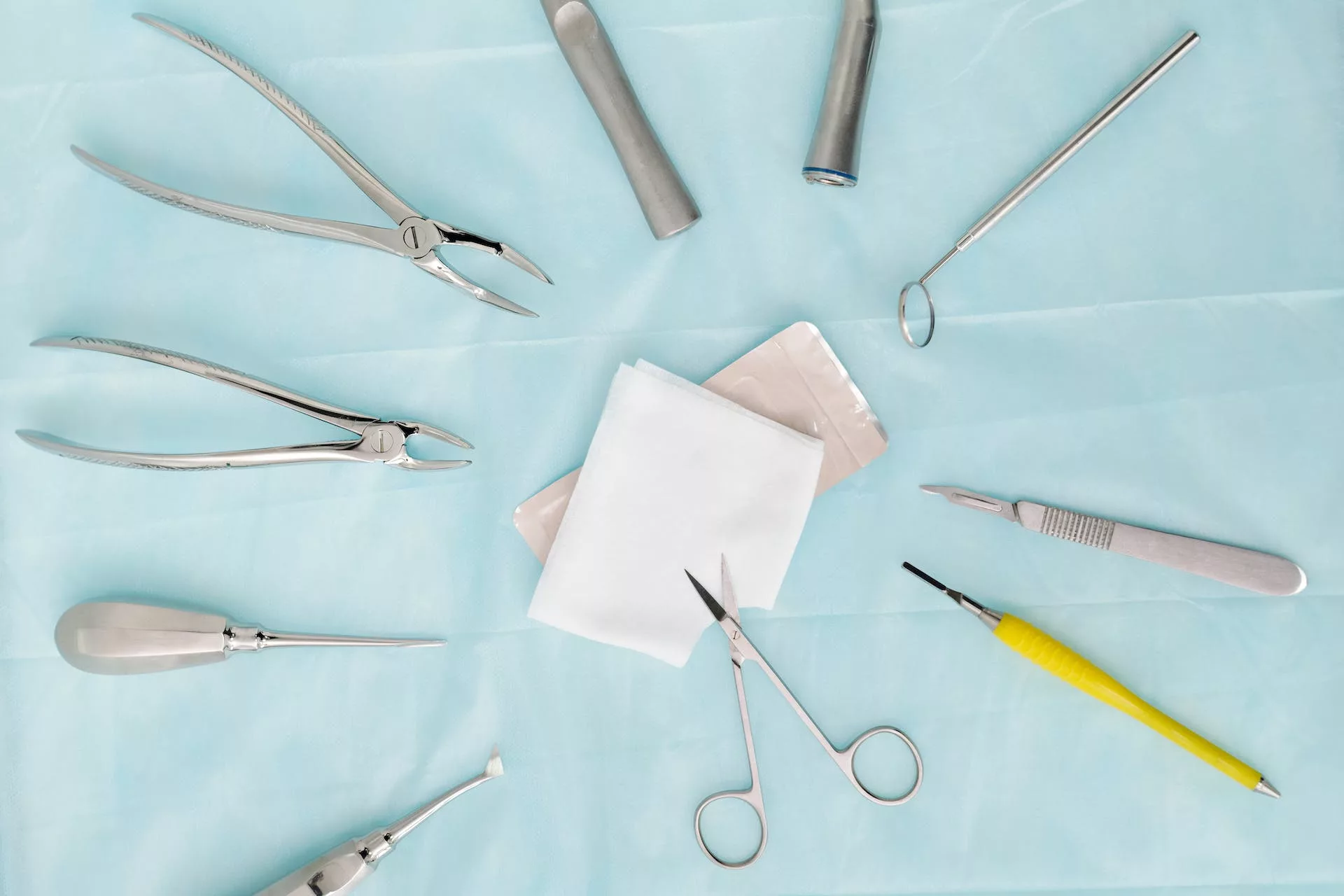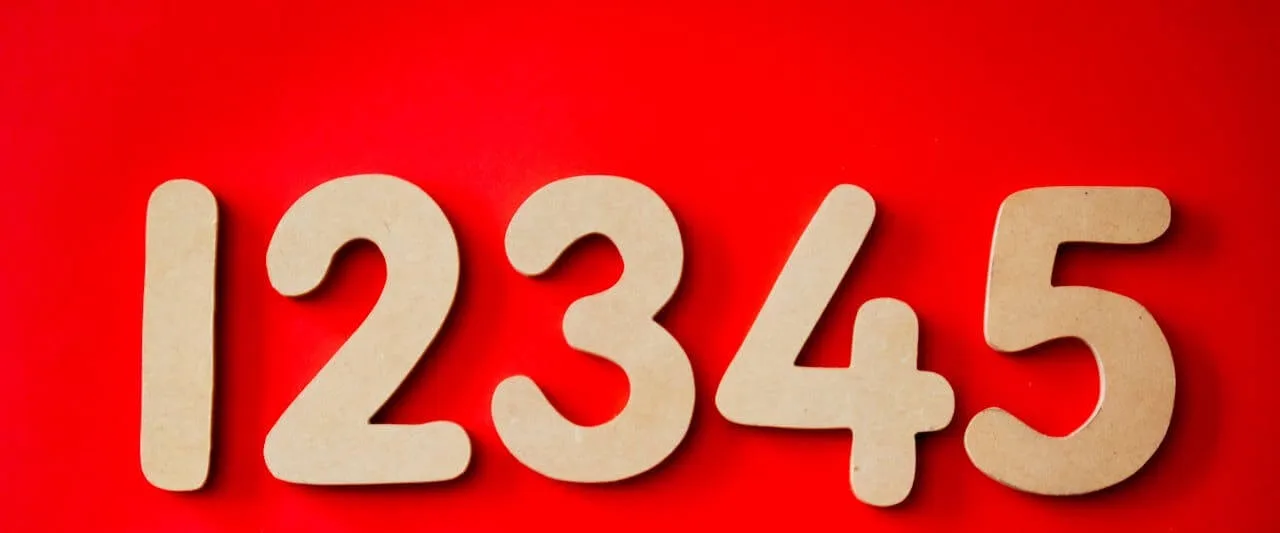If you’ve ever wondered about the secret sauce that keeps surgical procedures running seamlessly, you’re in the right place. Preference cards are personalized checklists that turn surgical teams into efficient machines.
Let’s take a look at how our example doctors, Dr. Hay, the experienced surgeon, and Dr. JD, the practice’s newest addition, use preference cards. No matter who is getting scrubbed up, preference cards ensure that procedures unfold with precision.
What Are Preference Cards?
Preference cards are like each surgeon’s personalized blueprints for each procedure they perform. They’re a key tool in the utility belt of your surgical team, ensuring that each doctor has the right supplies and equipment at their fingertips.
Dr. JD, the practice’s newest surgeon, likes to use the latest and greatest tools to find the best ways that work for him. On the other hand, Dr. Hay, the seasoned surgeon, gets things done quickly with the tools she has become acquainted with over the years. Every tool is meticulously chosen for maximum efficiency.
Why Are Preference Cards Used?
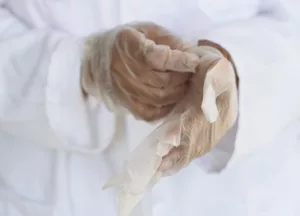
Preference cards streamline the surgical process by preparing everything a surgeon needs well in advance. This helps avoid delays, keeps physicians satisfied, ensures patient safety, and helps forecast supplies.
Imagine Dr. JD stepping into the operating room. Thanks to his preference card, everything is neatly laid out, from his medium-sized gloves to specialized instruments. Now, contrast this with a scenario where the surgery is delayed because the OR ran out of medium gloves just one hour ago.
What’s Included In a Surgical Preference Card?
Whether on a clipboard, Excel sheet, or a surgical coordination platform, preference cards include details like:
- Types and sizes of gloves
- On-hand supplies
- Specialty supplies
- Instruments
- Medication
- Preparation tasks
- Patient positioning
Some surgical teams can even dive into specific steps of each procedure – even outlining what kind of stitch the doctor will complete. Dr. Hay’s preference cards even include her musical preference for each procedure.
How to Make Preference Cards?
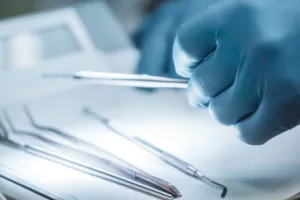
While the initial creation of preference cards can be labor intensive, it’s definitely worth the time and effort. A surgical team needs to document each doctor’s supplies for each procedure.
Depending on your practice’s size, you could take an extra step to see if doctors will compromise on some similar supplies and save some overhead by bulk supplies. But, it’s better to provide each surgeon with the supplies that will result in the best outcome for their patients.
When everything is gathered, write it down and distribute it to the prep team as needed. If possible, digitize the cards for easy editing.
Who Uses Preference Cards?
Everyone from the newest surgeon to the most experienced veteran has their own preference card for each surgery that’s tailored to their unique needs and preferences.
Dr. JD’s preference card might include a few extra gadgets as he finetunes his approach. In contrast, Dr. Hay’s card is a testament to years of expertise — each tool chosen with surgical precision.
What Is the Benefit of Standardizing Items on Preference Cards?
 Standardizing items on preference cards ensures a smooth surgical process with everything in its place needed for any procedure. They also help reduce costs and minimize waste by accurately forecasting supply needs. With digital preference cards and a little analysis, practices can track and order supplies months in advance.
Standardizing items on preference cards ensures a smooth surgical process with everything in its place needed for any procedure. They also help reduce costs and minimize waste by accurately forecasting supply needs. With digital preference cards and a little analysis, practices can track and order supplies months in advance.
Let’s say you had ten enucleation procedures scheduled for next month. Reviewing the preference cards in advance (especially easy with a digital platform) and ordering the right number, size, and color of ocular prostheses when you need them helps ensure all those procedures go smoothly.
What Happens If Preference Cards Are Wrong?
With the rapid rate of surgical advancement, providers are bound to have changes to their preferences and it is imperative that these cards be updated. Failure to revise these documents can lead to:
- Procedure delays or cancelations
- Shortage or surplus of supplies
- High storage costs
- Patient complaints and poor reviews because of the former
What if Dr. Hay was set up with Dr. JD’s preference card? In the best-case scenario, maybe the surgery goes perfectly, but there’s a surplus of supplies that Dr. JD prefers.
Or, if things don’t play out as well, Dr Hay wasn’t familiar with the newest tools plus her go-to equipment isn’t in the room. The surgery was canceled before it event started. The patient, doctor, and surgical coordinator aren’t too happy. It’s feasible that a patient might book the surgery at a different practice after a bad experience like this.
Should You Use Digital Preference Cards?
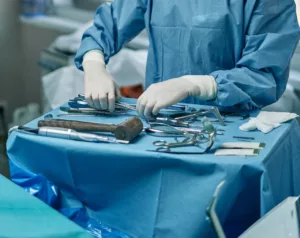
Absolutely! If you’re not already, yes. Outdated preference cards frustrate everyone. They’re bad for patients, doctors, staff, finances, and most importantly patients. Digital preference cards are your secret weapon, ensuring real-time updates and efficient coordination.
The whole practice appreciates the efficiency of digital preference cards. Maybe Dr. JD will take some of Dr. Hay’s advice in using fewer tools, both reducing costs and making prep easier for the surgery techs.
With a digital system, these change requests can be updated in just a few minutes for the next day’s surgery. If you’re working with a paper clipboard system, changes could take weeks to realize – and cost much more.
Why Do Preference Card Systems Fail?
Stand-alone preference card systems may seem like the way to go, but unless it’s integrated with your surgical coordination platform, it may be a little over the top. Make sure whatever system you use easily plugs into the rest of your surgical planning software.
Better yet – use a system that features digital preference cards as part of the tool.
Who Updates Preference Cards?
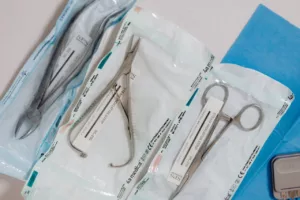
The surgical staff is usually behind preference card updates, ensuring they’re always ready for action. With a digital system, they can update preference cards swiftly, ensuring Dr. JD and Dr. Hay have exactly what they need every time.
From Dr. JD’s high-tech preferences to Dr. Hay’s seasoned choices, these toolkits keep surgeries on track and surgeons satisfied. Standardizing cards ensures a smooth ride, preventing excess supplies from piling up.
The key is to always be prepared. Embracing digital ways helps your practice become faster, more reliable, and leaner than those operating on pen and paper alone.
- Benjamin Geehttps://www.surgimate.com/author/bgee/
- Benjamin Geehttps://www.surgimate.com/author/bgee/
- Benjamin Geehttps://www.surgimate.com/author/bgee/
- Benjamin Geehttps://www.surgimate.com/author/bgee/
